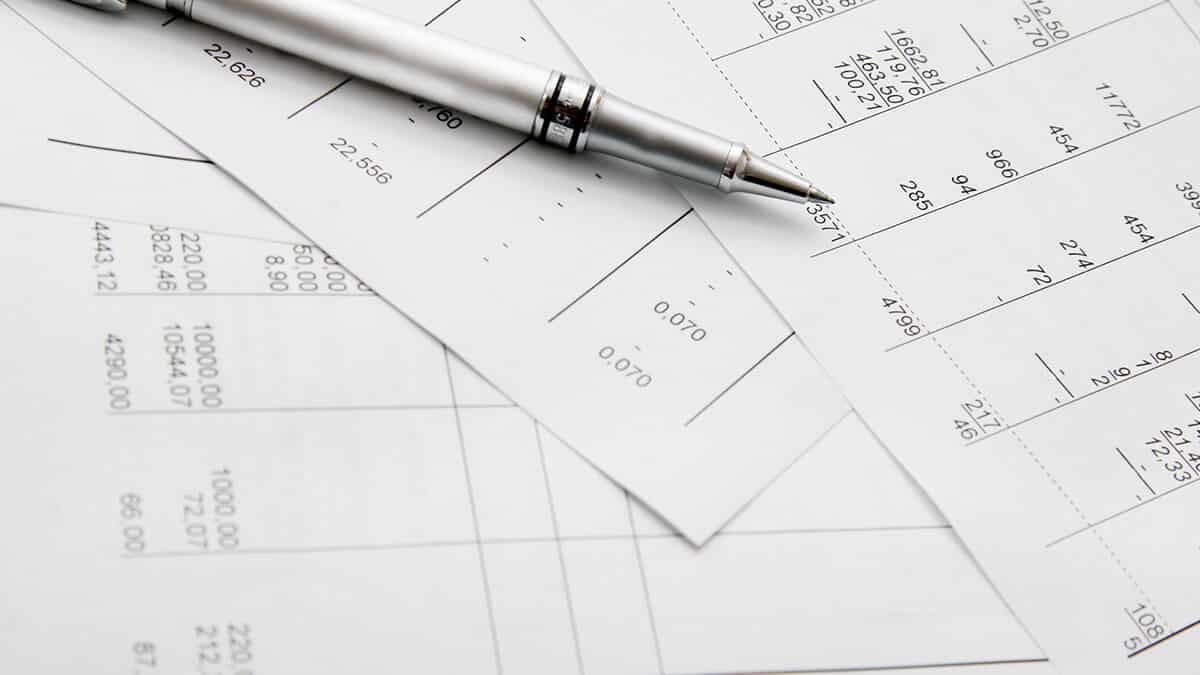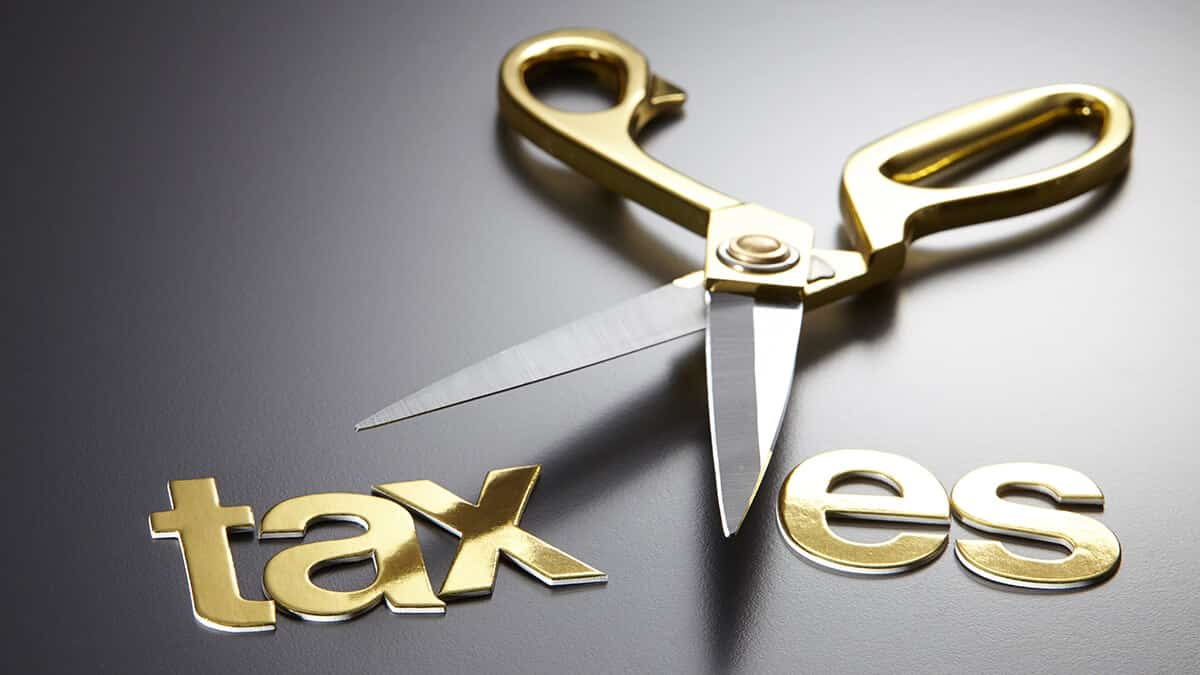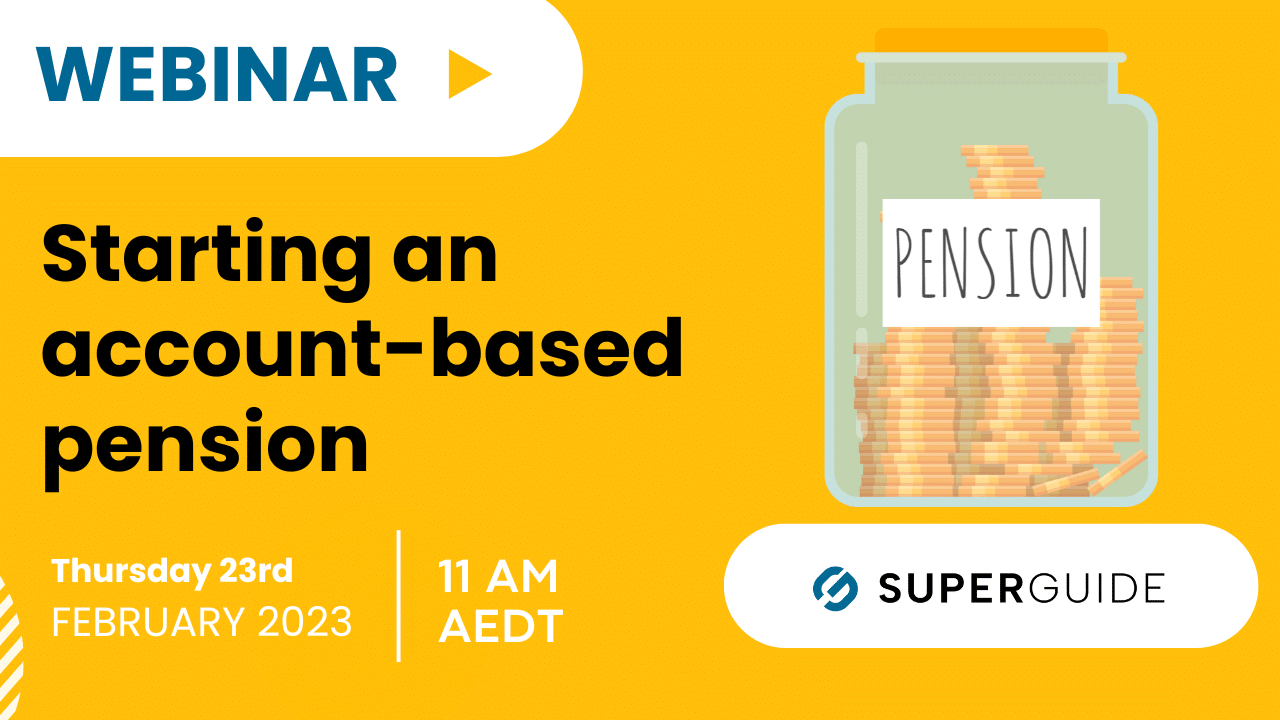In this guide
Once you retire and reach your preservation age, or turn 65 even if you continue working, you can start to withdraw your super as an income stream, a lump sum or both. Most retirees choose to take at least part of their super as an income stream because it provides them with regular tax-free payments until their money runs out.
A super income stream, also called a super pension, simply refers to regular periodic payments you receive from your super fund once you retire or satisfy a condition of release.
Learn more about when you can access your super.
To start a super pension, you need to transfer money from your super accumulation account into a retirement account up to the transfer balance cap which rose from $1.7 million to $1.9 million from 1 July 2023 due to indexation.
Once you start a retirement income stream, minimum annual payments are calculated on your account balance on 1 July each year, multiplied by a percentage factor that increases as you age. This is often referred to as the minimum pension drawdown.
Minimum pension payment rates
Note
The federal government temporarily halved the minimum pension drawdown rates for the 2019–20 to 2022–23 financial years. This was in response to the financial impacts of the pandemic, so retirees would not be forced to sell superannuation assets to meet the minimum annual payment at a time when markets were volatile.
From 1 July 2023 the minimum annual drawdown reverted to the normal rates.
The table below shows the normal rates and previous temporary rates. For example, someone aged 65–74 must withdraw 5% of their account balance from the 2023–24 financial year onwards. Prior to that, the rate was temporarily halved to 2.5% for the 2019–20 to 2022–23 financial years. The percentage factor is set according to your age on 1 July in the financial year the pension is to be paid.
| Age of beneficiary | Normal percentage factor (From 1 July 2023) | Temporary percentage factor (2019–20 to 2022–23) |
|---|---|---|
| Under 65 | 4% | 2% |
| 65 to 74 | 5% | 2.5% |
| 75 to 79 | 6% | 3% |
| 80 to 84 | 7% | 3.5% |
| 85 to 89 | 9% | 4.5% |
| 90 to 94 | 11% | 5.5% |
| 95 or more | 14% | 7% |
Source: SIS Act
Payments must be received at least annually between 1 July and 30 June each financial year, although many retirees opt to receive monthly or quarterly payments. Annual payment amounts are rounded to the nearest ten whole dollars. If the amount ends in an exact five dollars, it is rounded up to the next whole ten dollars.
Case study
Mike is a 66-year-old retiree with $200,000 in a super account-based pension on 1 July 2023.
Mike is required to withdraw 5% of his account balance, that’s $10,000, by 30 June 2024.
On 1 July 2024 the balance of Mike’s super pension has grown to $205,000, even after drawdowns, following a year of strong investment earnings. During 2024–25, Mike is required to draw down 5% of his account balance, which is $10,250 instead of $10,000 the previous year.
Minimum pension payment calculator
Our calculator below estimates your minimum pension payment amount.












